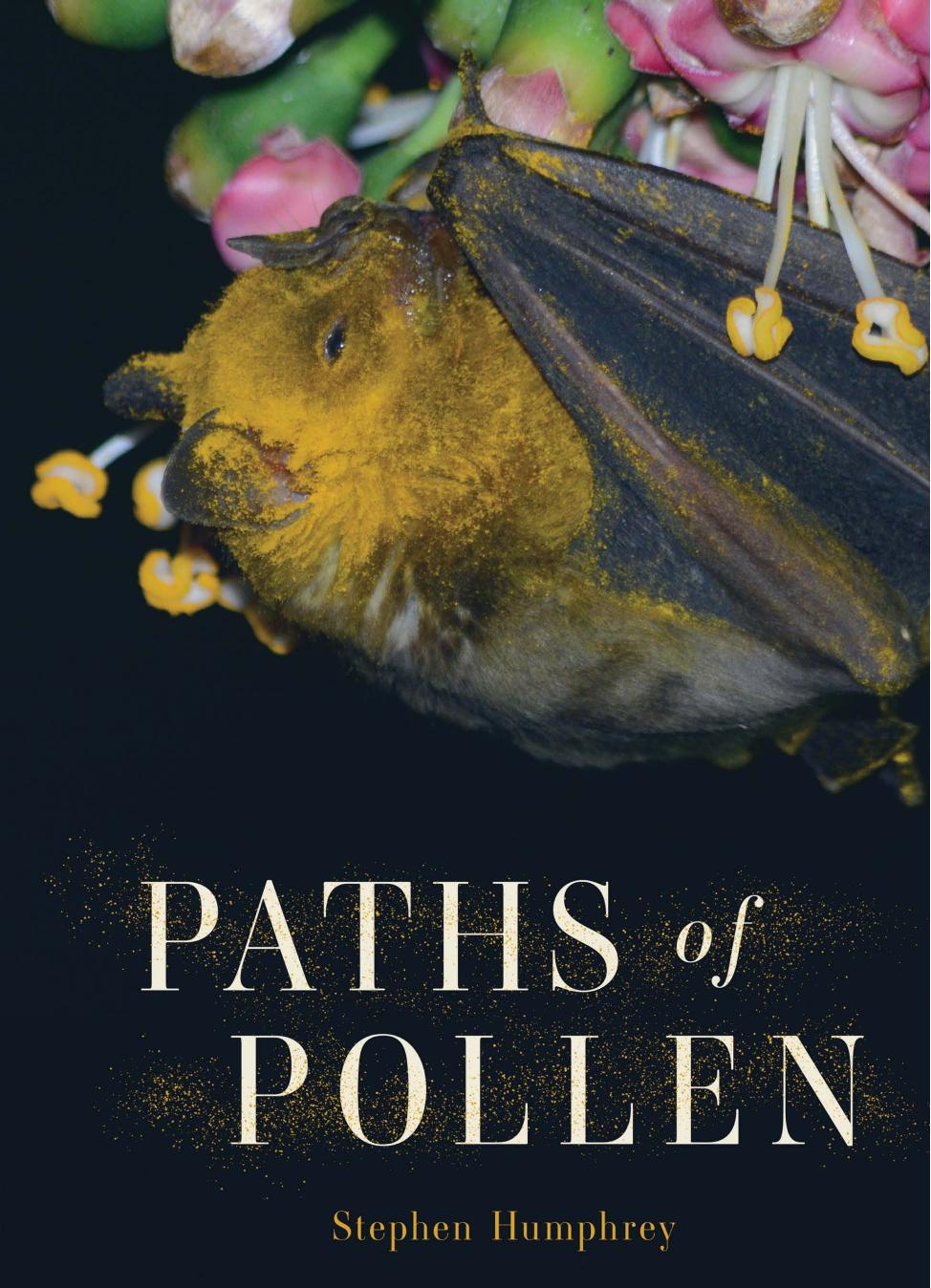

Most ebook files are in PDF format, so you can easily read them using various software such as Foxit Reader or directly on the Google Chrome browser.
Some ebook files are released by publishers in other formats such as .awz, .mobi, .epub, .fb2, etc. You may need to install specific software to read these formats on mobile/PC, such as Calibre.
Please read the tutorial at this link: https://ebookbell.com/faq
We offer FREE conversion to the popular formats you request; however, this may take some time. Therefore, right after payment, please email us, and we will try to provide the service as quickly as possible.
For some exceptional file formats or broken links (if any), please refrain from opening any disputes. Instead, email us first, and we will try to assist within a maximum of 6 hours.
EbookBell Team

4.4
102 reviewsA tiny organism called pollen pulls off one of nature’s key tasks: plant reproduction. Pollination involves a complex network of different species interacting with one another and mutually adapting to their ecosystems, which are constantly changing.
Some pollen grains require just a puff of wind to set them in motion, but most plants depend on creatures gifted with mobility. These might be birds, bats, reptiles, or insects including butterflies, beetles, flies, wasps, and over twenty thousand species of bee. In Paths of Pollen Stephen Humphrey asks readers to imagine a tipping point where plants and pollinators can no longer adapt to stressors such as urbanization, modern agriculture, and global climate change. Illuminating the science of pollination ecology through evocative encounters with biologists, conservationists, and beekeepers, Humphrey illustrates the significance of pollination to such diverse concerns as food supply, biodiversity, rising global temperatures, and the resilience of landscapes.
As human actions erase habitats and raise the planet’s temperature, plant diversity is dropping and a growing list of pollinators faces decline or even extinction. Paths of Pollen chronicles pollen’s vital mission to spread plant genes, from the prehistoric past to the present, while looking towards an ecologically uncertain future.